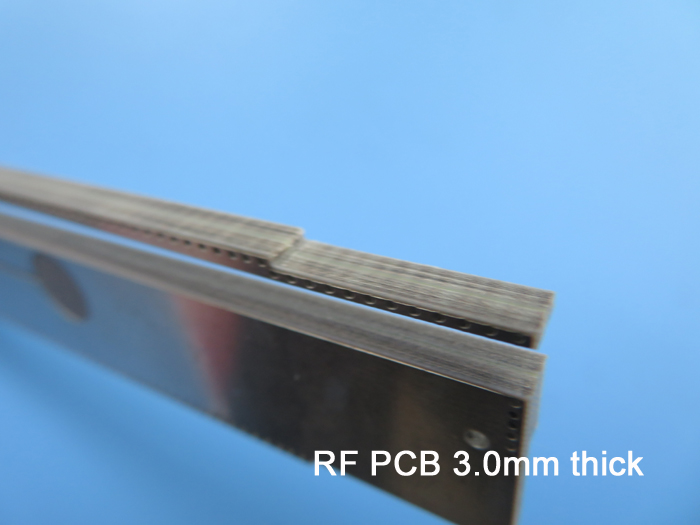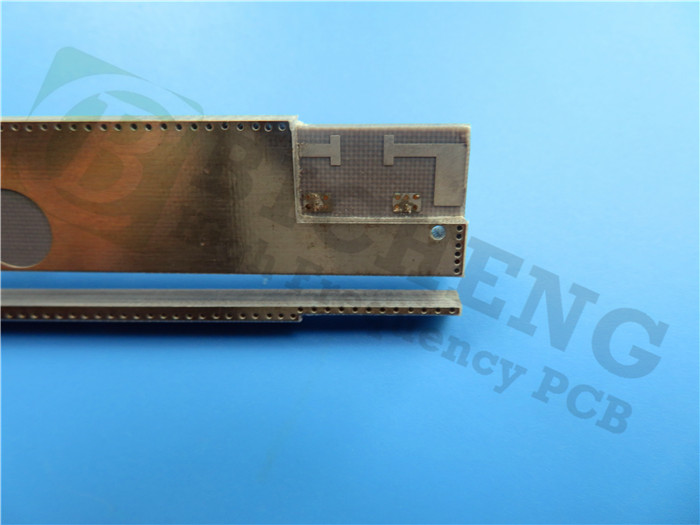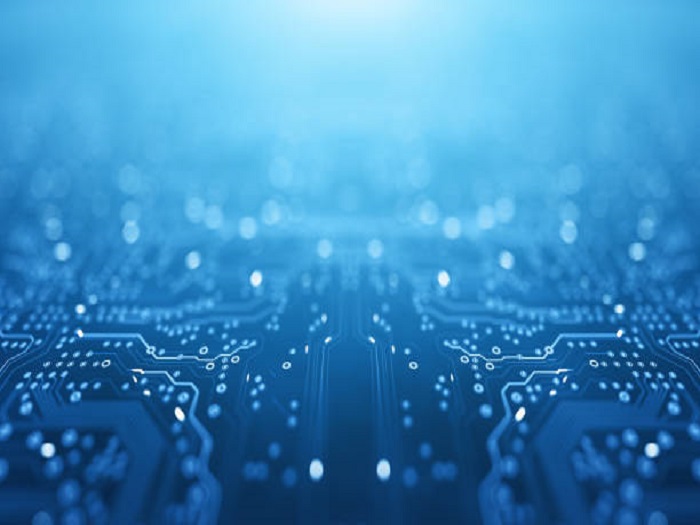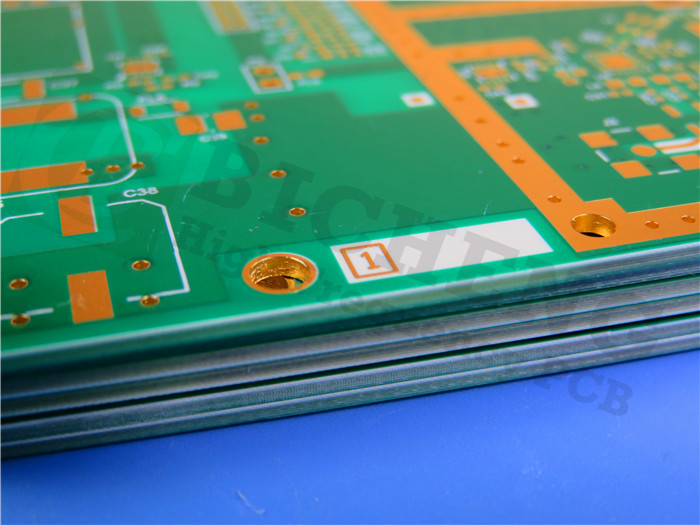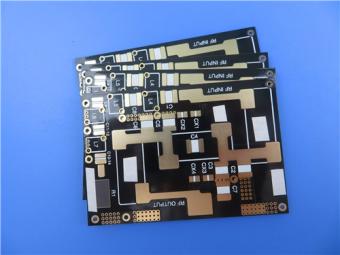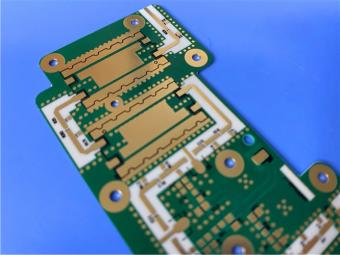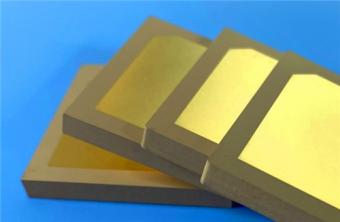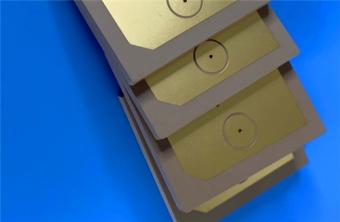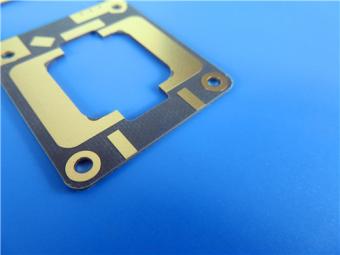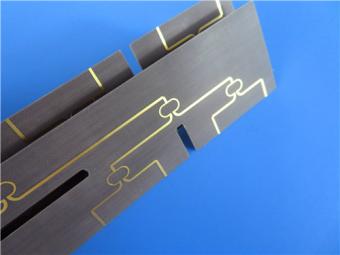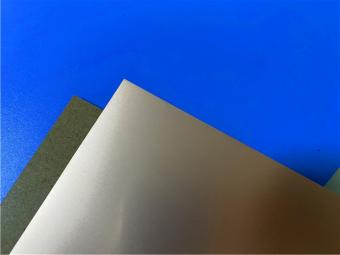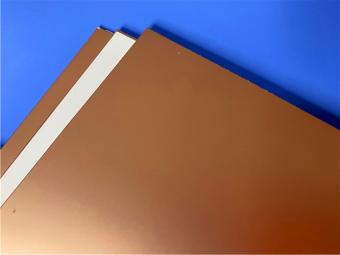2023 Mid-Autumn Festival and National Day Holiday Notice
2023 Mid-Autumn Festival and National Day Holiday Notice -RO4003C 20mil Rogers PCB: High Performance and Reliability Dear valued customers and partners, We are pleased to announce that Bicheng Company will be taking a 7-day holiday break in celebration of the Mid-Autumn Festival and National Day from September 29th to October 5th, 2023. During this time, our office will be closed, and normal operations will resume on October 6th, 2023. The Mid-Autumn Festival, also known as the Moon Festival, is one of the most important traditional Chinese festivals, symbolizing family reunion and harvest. It falls on the 15th day of the eighth lunar month, which this year coincides with September 30th, 2023. This festival is celebrated by gathering with family and friends, appreciating the full moon, and indulging in delicious mooncakes. Following the Mid-Autumn Festival, China's National Day, which commemorates the founding of the People's Republic of China, is celebrated on October 1st, 2023. This holiday marks a significant period of national pride and unity. During this holiday break, we encourage you to take this opportunity to spend quality time with your loved ones and create precious memories. We sincerely apologize for any inconvenience caused by the temporary closure and appreciate your understanding. Should you have any enquiry during the holidays, pls feel free to email to j.shi@bichengpcb.com. Best regards, Shenzhen Bicheng Electronics Technology Co., Ltd In addition to our holiday announcement, we would like to take this opportunity to introduce our new product, the PCB Material. This cutting-edge material offers exceptional performance and reliability, making it an excellent choice for a wide range of applications. Here are some key features and benefits: RO4003C 20mil Rogers PCB: High Performance and Reliability Experience the power of advanced technology with our newly shipped RO4003C 20mil Rogers PCB. Engineered with precision and designed for performance-sensitive, high-volume applications, this PCB is a game-changer in the world of electronic circuitry. Let's delve into the remarkable features and benefits that make this PCB stand out from the rest. 1. PCB Material: Crafted from Rogers RO4003C Hydrocarbon Ceramic woven glass, our PCB boasts unparalleled quality. With a 4003C Dielectric Constant (DK) of 3.38 at 10 GHz and a Dissipation Factor of 0.0027 at 10GHz, it ensures low dielectric tolerance and low loss. The impressive Tg (>280 °C) and Td (>425°C) ratings enable reliable operation in temperature ranges from -40℃ to +85℃. 2. Features and Benefits: A) Reinforced Hydrocarbon/Ceramic Laminates: Our RO4003C Rogers material is a hydrocarbon/ceramic laminate, distinct from PTFE alternatives. This unique composition offers exceptional electrical performance and stability, making it perfect for high-frequency applications. B) Excellent Electrical Performance: With its low dielectric tolerance and low loss, our PCB delivers outst...

 Call Us Now !
Tel : +86 755 27374946
Call Us Now !
Tel : +86 755 27374946
 Order Online Now !
Email : info@bichengpcb.com
Order Online Now !
Email : info@bichengpcb.com

